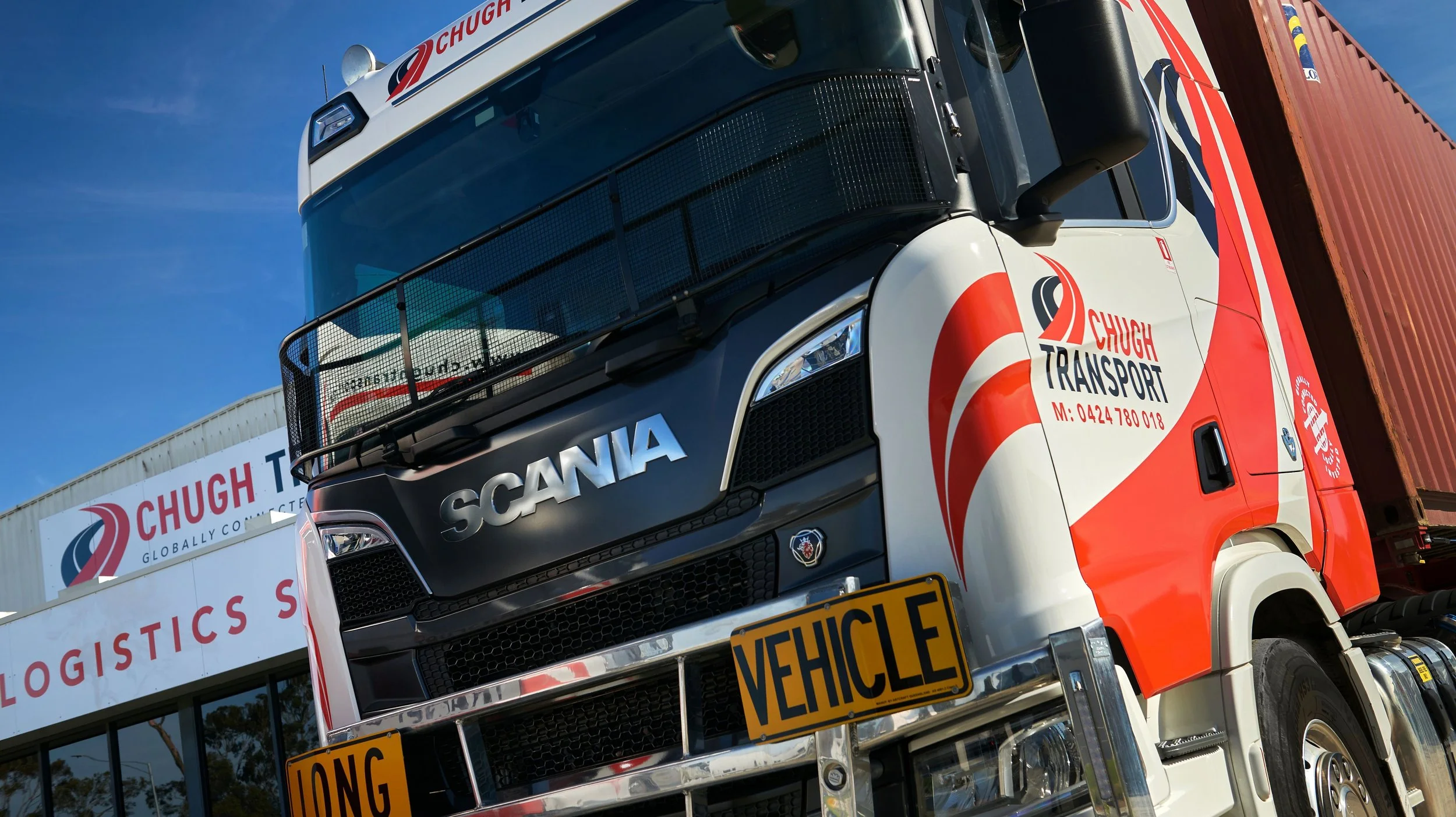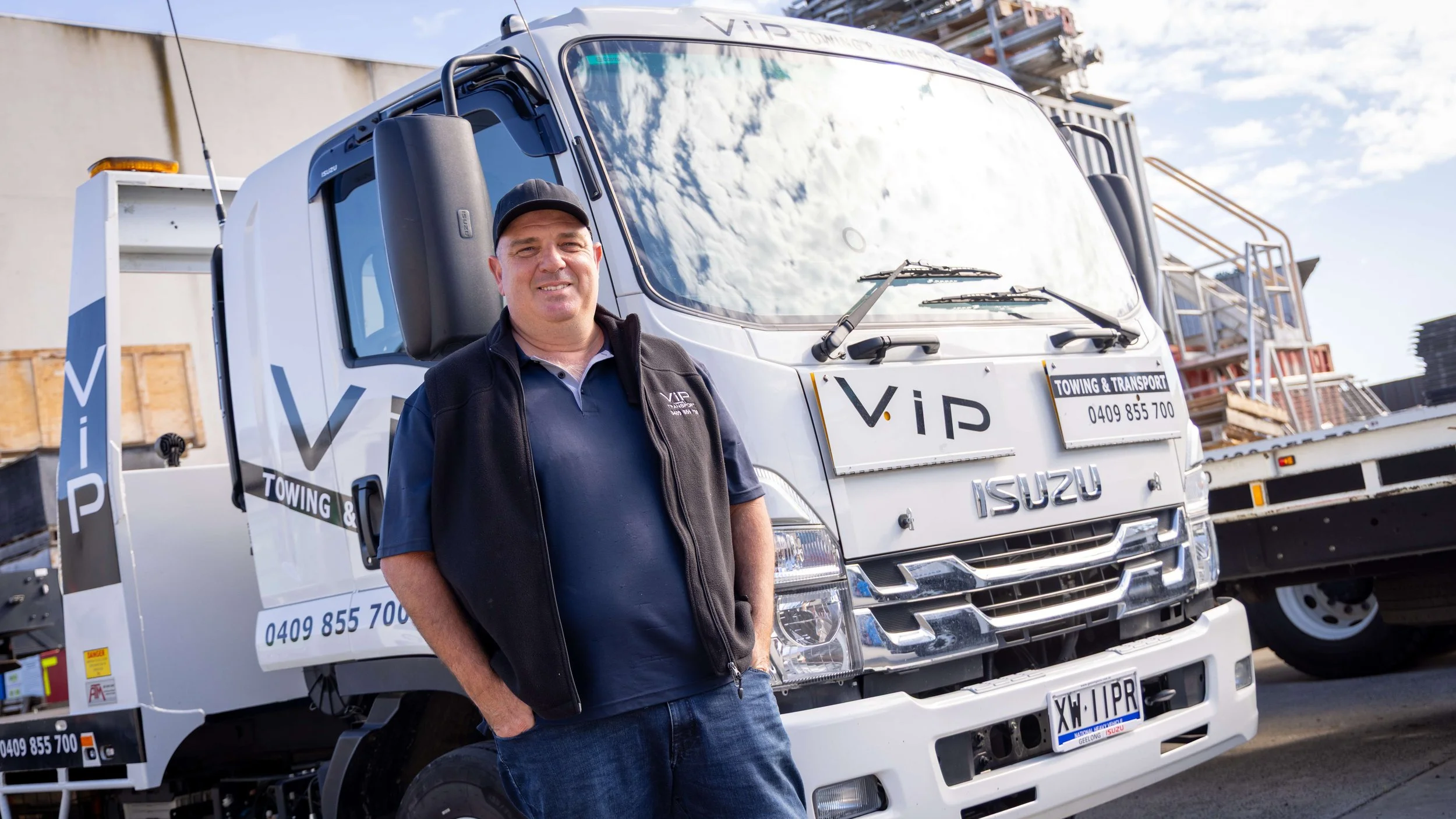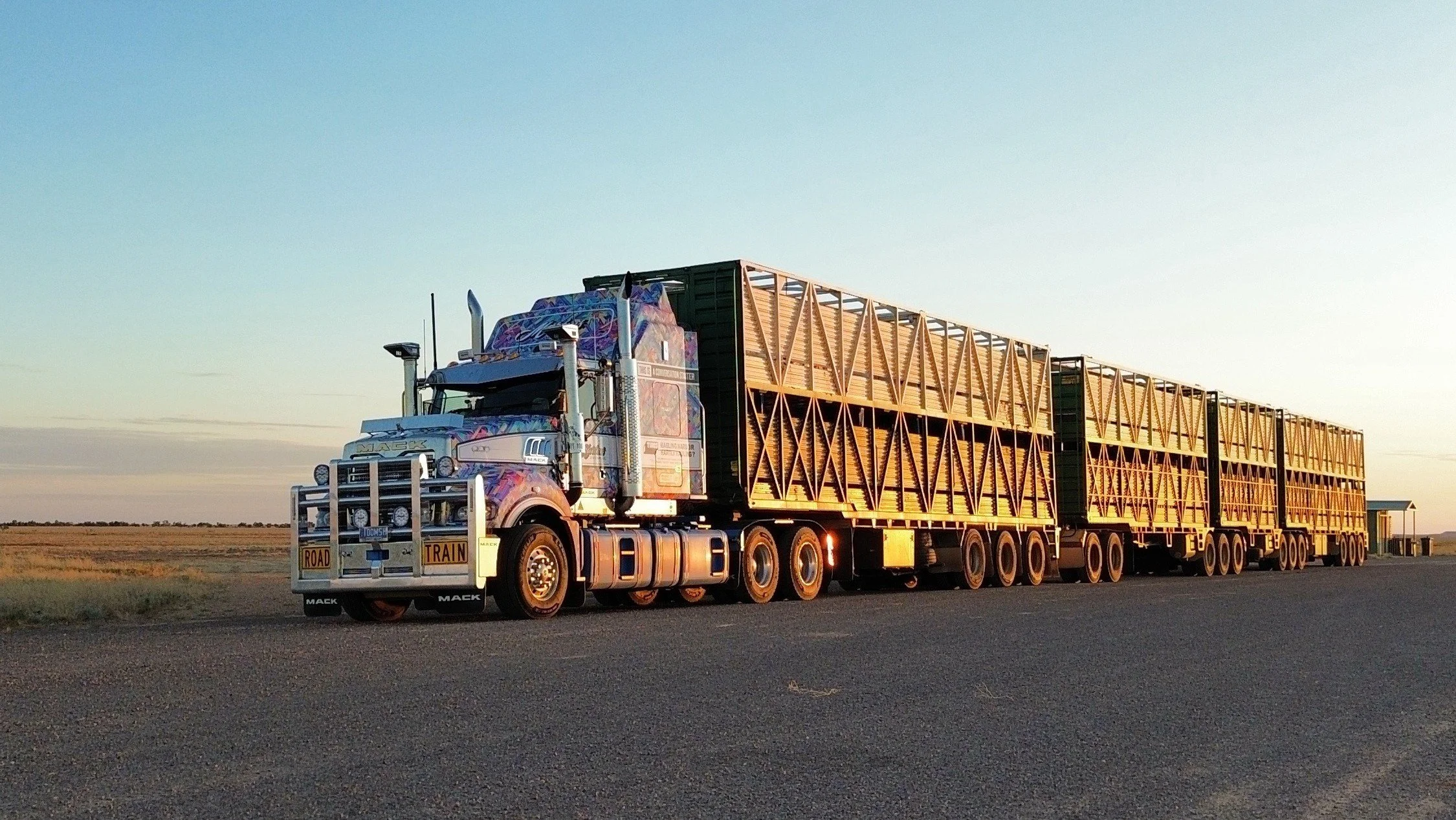Life on Thursday Island
From the southern outposts of the Aussie road transport industry around Hobart in Tasmania to the most remote Torres Strait Islands near PNG in the north, former owner-operator Aaron Smith has been there and done that.
Toss in a stint hitchhiking around the country as a 17-year-old, to working as an owner/operator carrying furniture in Melbourne, to driving in London and visiting most countries in Latin America, Aaron is well qualified to comment on some of Australia’s most isolated routes and even overseas.
Now aged 50, Aaron grew up in Hobart Tasmania and left as a youth to hitchhike around most States. We all know that such hiking can prove dangerous, but 33 years ago the quietly spoken Aaron had the benefit of ignorance. “It was a good experience and I thumbed lifts from many motorists, including truckies,” he said.
After that, and back in Tasmania, Aaron worked as a labourer on trucks and loved it.
He continued labouring in Melbourne where he started working on furniture removal trucks until finally starting his own furniture removals business where he was the holder of medium-rigid licence, driving a clapped out 1980's seven tonne Hino.
"We called her Bertha, as she had plenty of space to berth furniture, the gears would grind, the steering had slack between 10 and 2 and the brakes spongy - but she never let us down,” he said.
After three years in the game Aaron's marriage ended so he again hit the road in 2005 - a year traipsing across Asia and Europe followed by three years in Latin America.
"I saw lots of trucks on my travels, the Tata trucks in India in crazy traffic and overloaded trucks weaving through South America's Andes with switchbacks and soft shoulders that dropped away to rocky ravines. In 2006 I even worked in London for a short time in a truck to get extra beer money.”
Aaron's travels led to him writing two books of his adventures, published in four countries, and when he finally returned to Australia he completed a master’s degree in journalism.
In 2013 he landed a job as editor of the Torres Newspaper on Thursday Island, which was the most northerly newspaper in Australia. TI, as it is affectionately known is the business capital of the Torres Strait and has a population of about 3000. But this water-surrounded fortress, when compared to most parts of our vast country has few trucks and for obvious reasons.
Waiting for the barge - which is towed by tugs rather than self-propelled
“Most of the goods and equipment is brought up here by barge and the bitumen road network on TI is just 5km long. I would say there are about 10 permanent trucks on TI which includes the Torres Strait Council,” he said. “Most people living there have outboard motor powered dinghies which locals refer to as ‘Kingswoods’. These outnumber trucks by at least 50 to one, which is not surprising when you consider that TI has no airstrip, being too hilly for aircraft landing facilities. Passenger and other small planes land at Horn Island which is a short trip across the briny.”
One-fifth of Thursday Island’s truck population
When you land at Horn Island, buses from two rival companies will pick you up for the 5km road trip to the jetty where you board a boat for the 15 minute journey to TI.
Along the way you will see several old World War II American trucks. Speaking of Horn Island, Aaron is intrigued by the barge which leaves the engineer’s wharf on TI for the regular sea trip to Horn Island.
“The barge doesn’t have a motor and is pulled to and from Horn Island by tugs.”
During his innings on TI, Aaron lived in a house beside the sea which was an idyllic location. That period included visits to every island in the Torres Strait including Murray (Mer), Badu and Boigu which is in sight of PNG and is without a doubt Australia’s most northern location.
Peak hour, but not damgerous driving on Badu
“I have been to Mabo Day celebrations on Mer and estimate I have been to 14 inhabited TS islands. What a wonderful experience this has been,” he said.
I asked Aaron how many trucks he had seen on these trips, which would tantalise every travel writer in the country. “Most of them have just one or two trucks,” he replied.
A Seaswift truck on TI
One vivid experience was landing by plane at Mabuiag Island which has the shortest airstrip in the country. “You land near the beach at one end and stop near the beach at the other side.”
Aaron also got to visit the Northern Peninsula Area on the mainland which included the communities of Bamaga, Seisia, New Mapoon, Injinoo and Umagico. After seven years on TI, Aaron left last month to take up a new position in Cairns but still keeps in close contact with his many friends in the Torres Strait.
“It has been an amazing experience for me coming from Tasmania to the islands at the other end of the country,” he said. “I love fishing, had a small boat up there and used to go fishing a lot when I got time off. There were a lot of shipwrecks in the waters and some people describe it as the Torres Triangle.”
For now Aaron is content living and working as a freelance journo in Cairns, but could we see him back behind the wheel of a truck in the future? “Only time will tell. I always love an open road and the grunt of ten tonnes of steel,” he said.
More Blog Posts You Will Love
More From Truckin Around Oz
Got something to say? Say it here!
truckinwithkermie.com is for YOU and about YOU. We’d love to hear your stories. There are a number of ways to get in touch with us:
kermie@truckinwithkermie.com
(+61) 0418 139 415


















